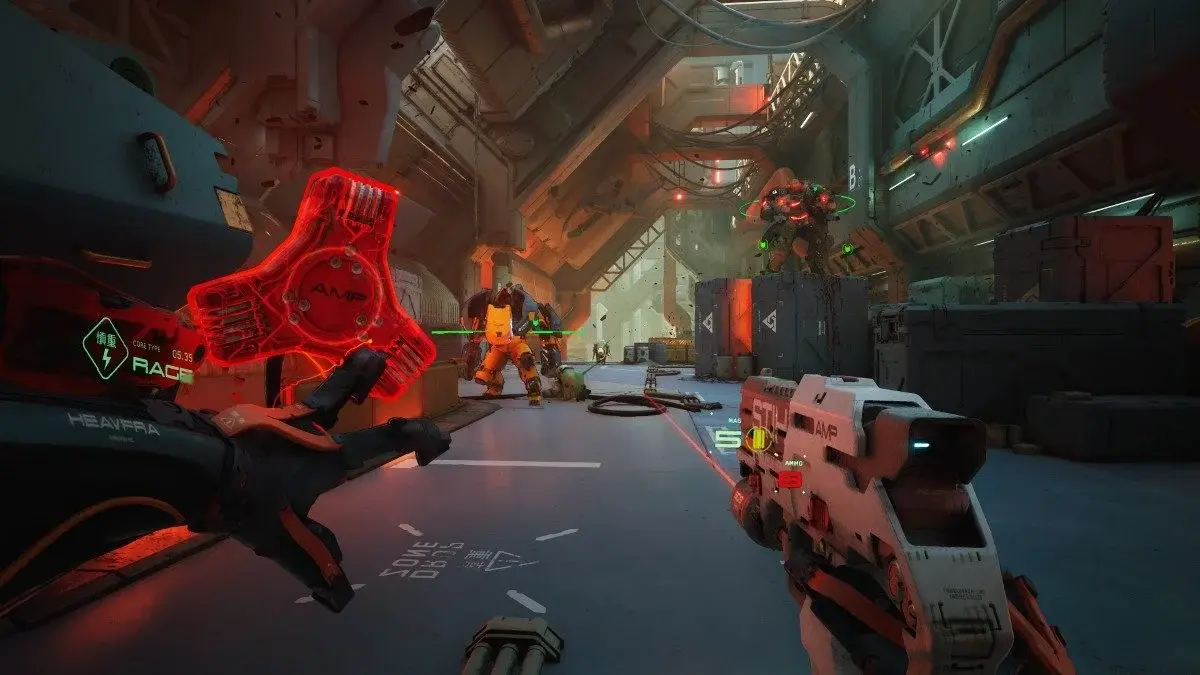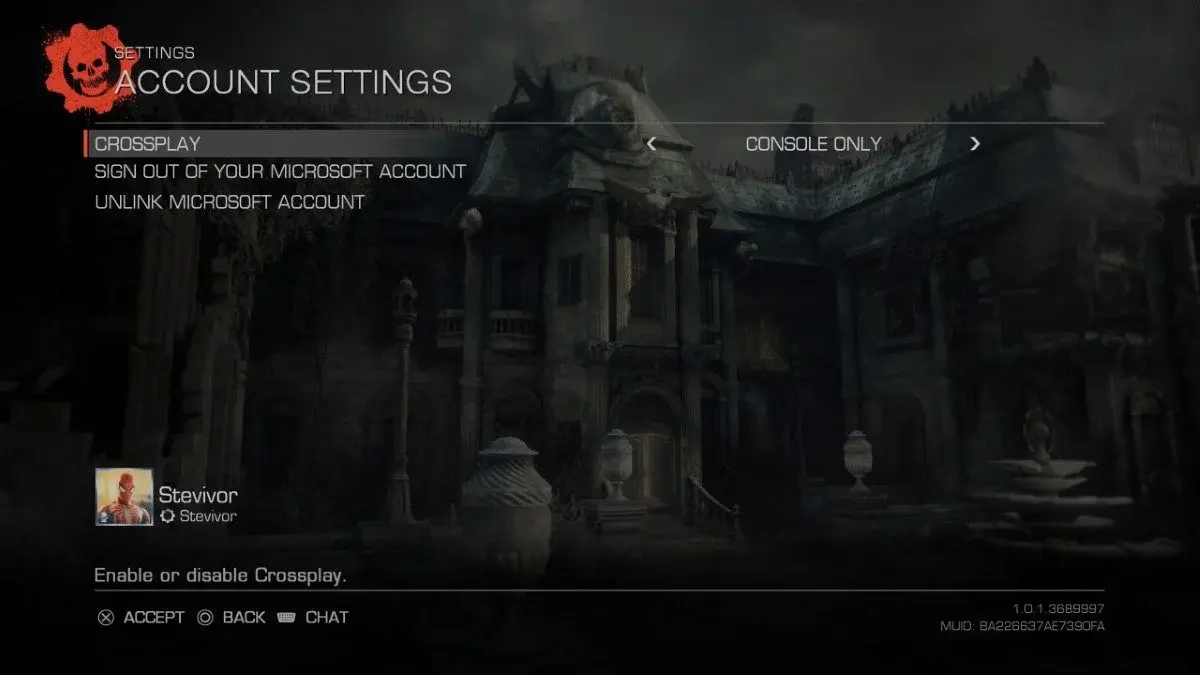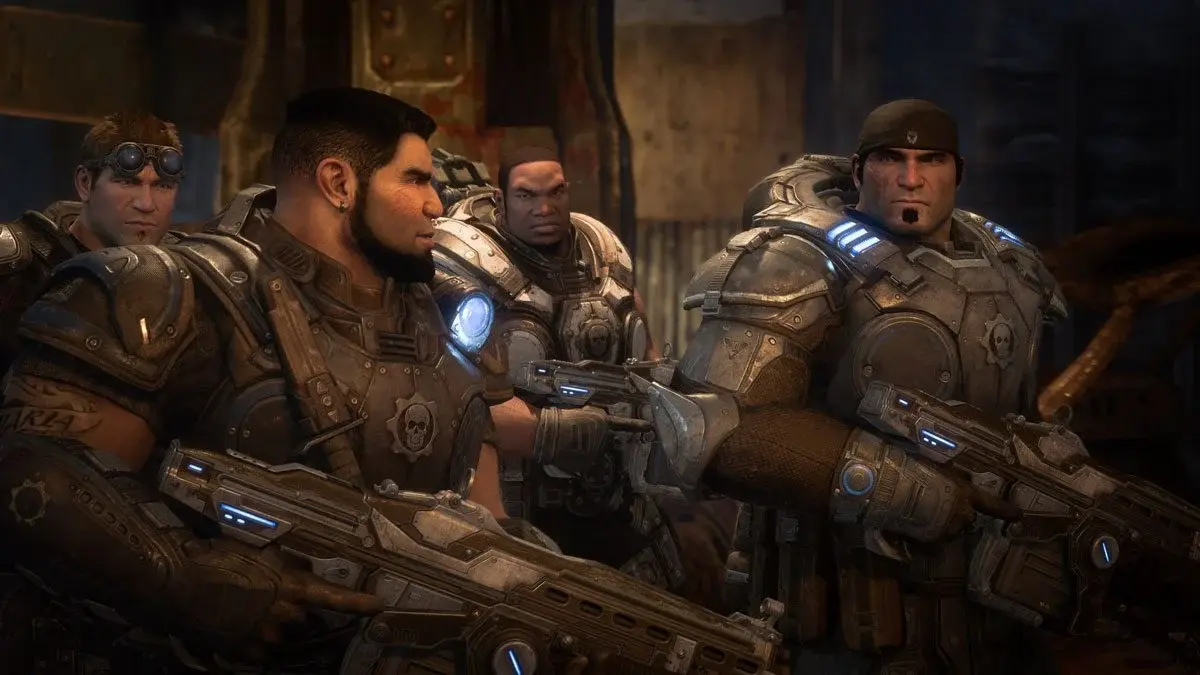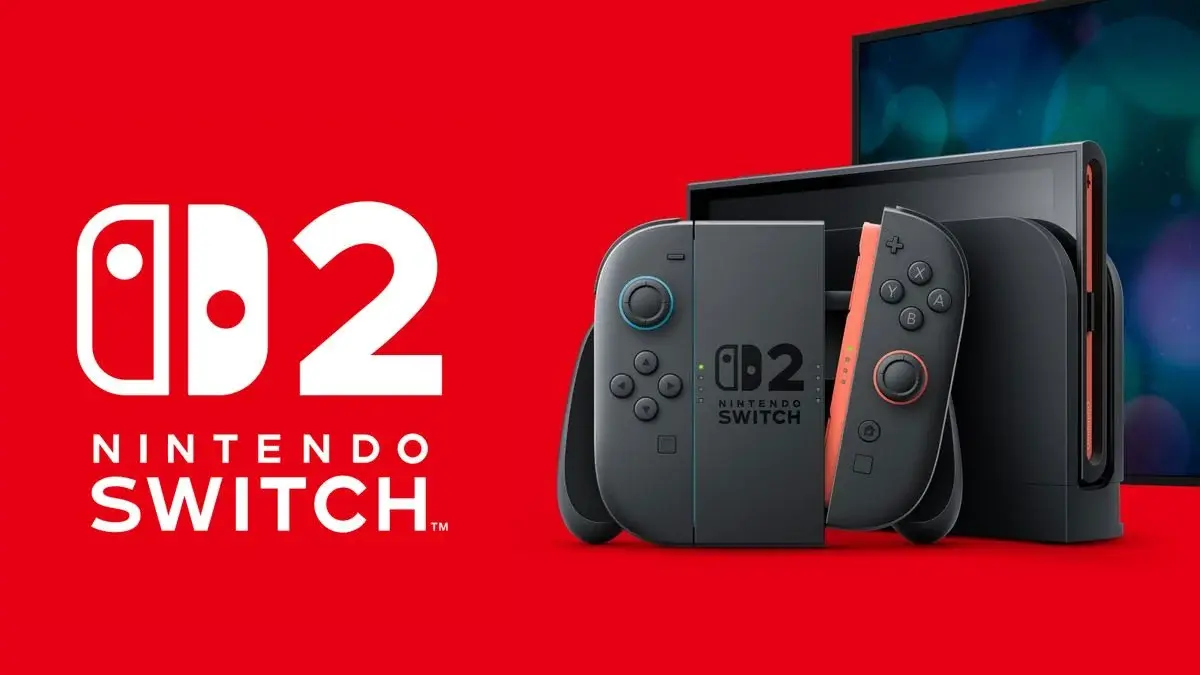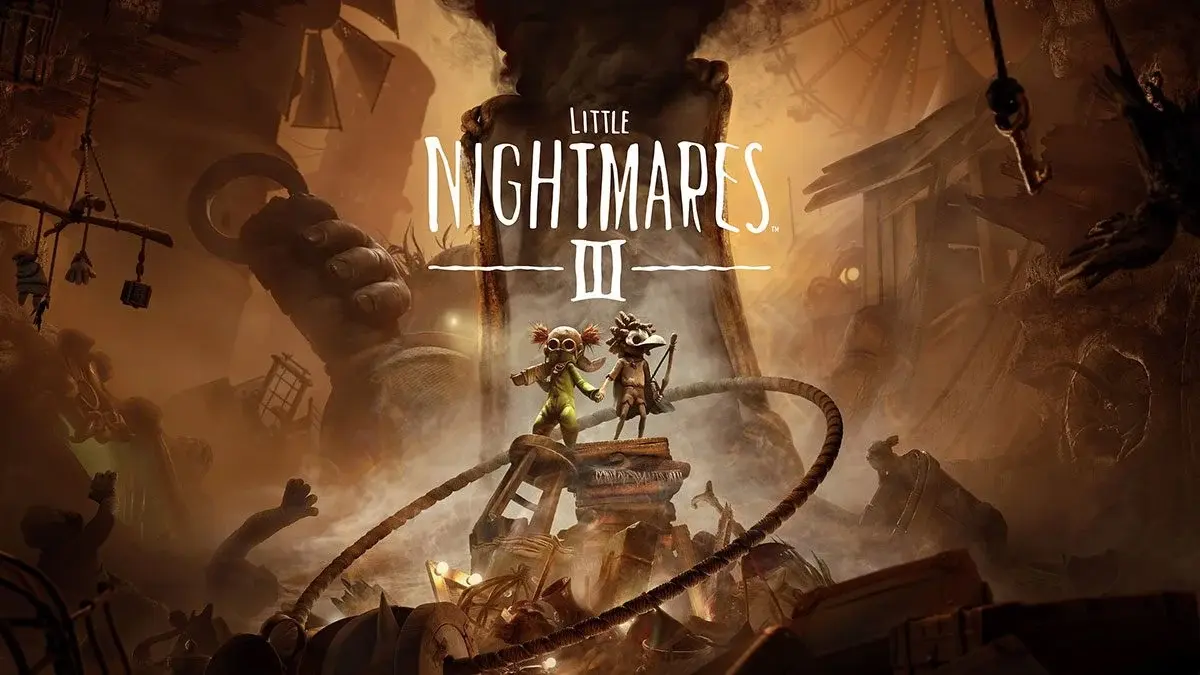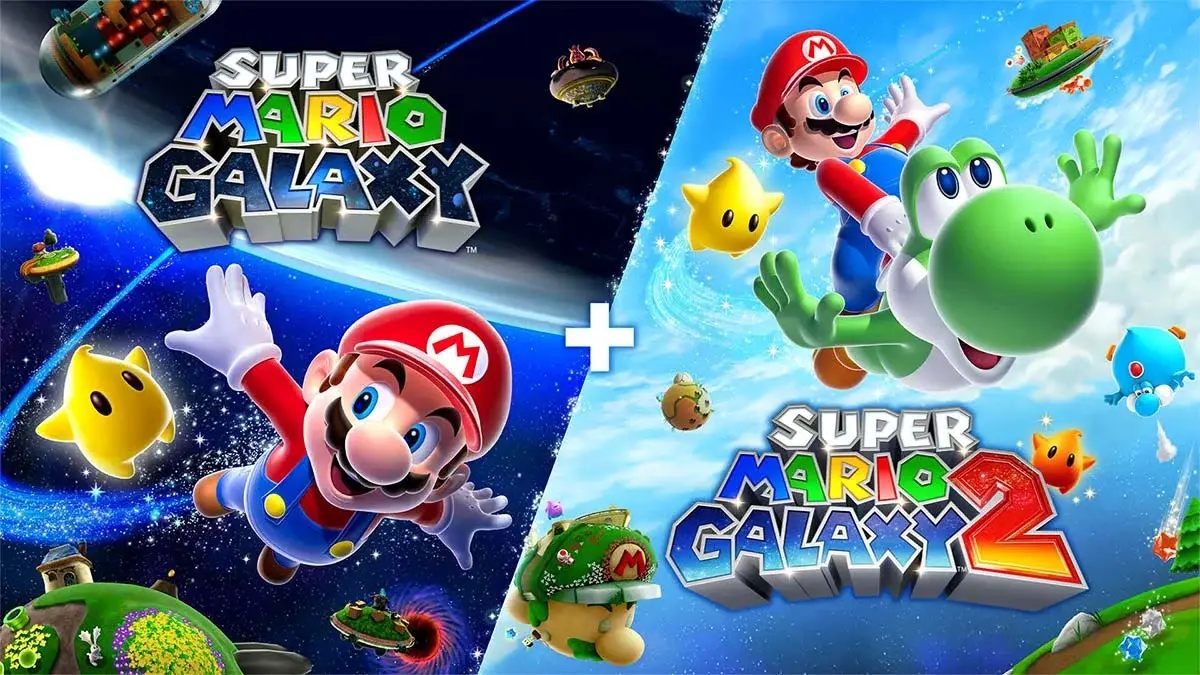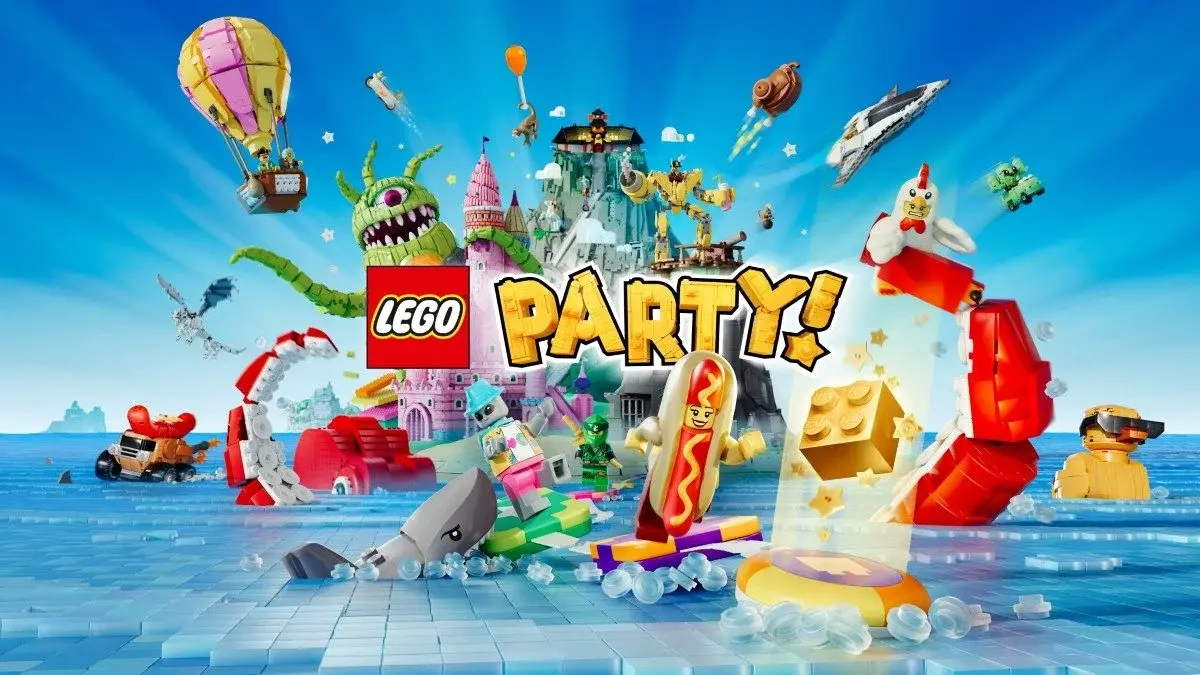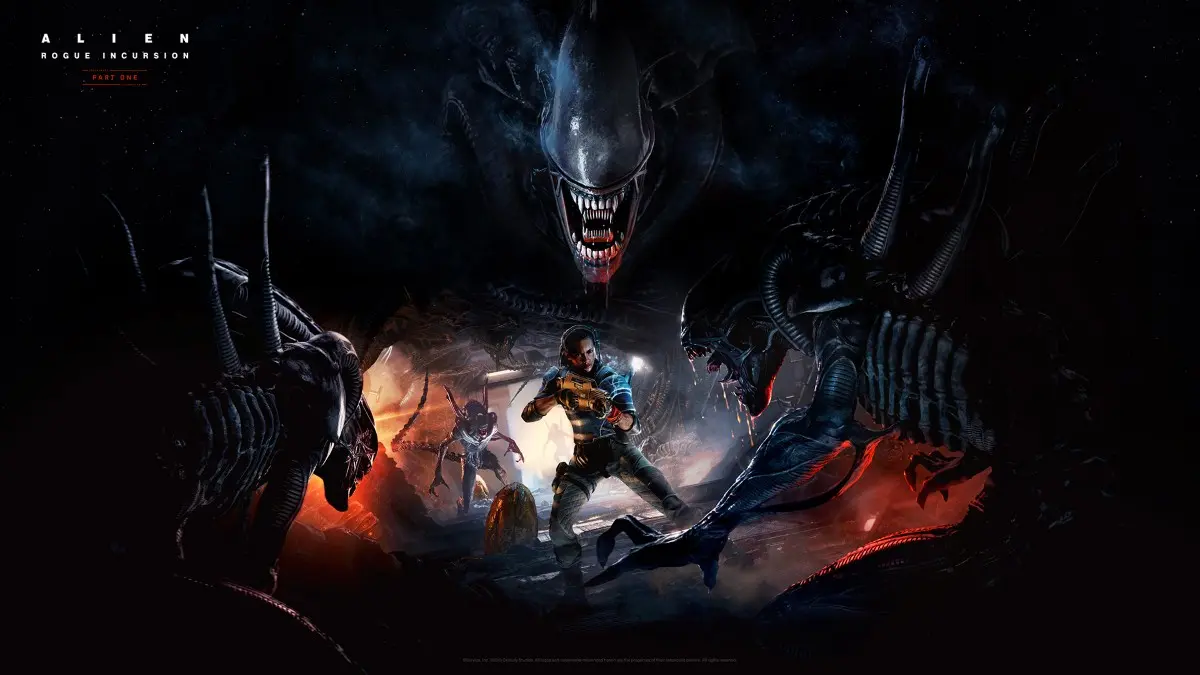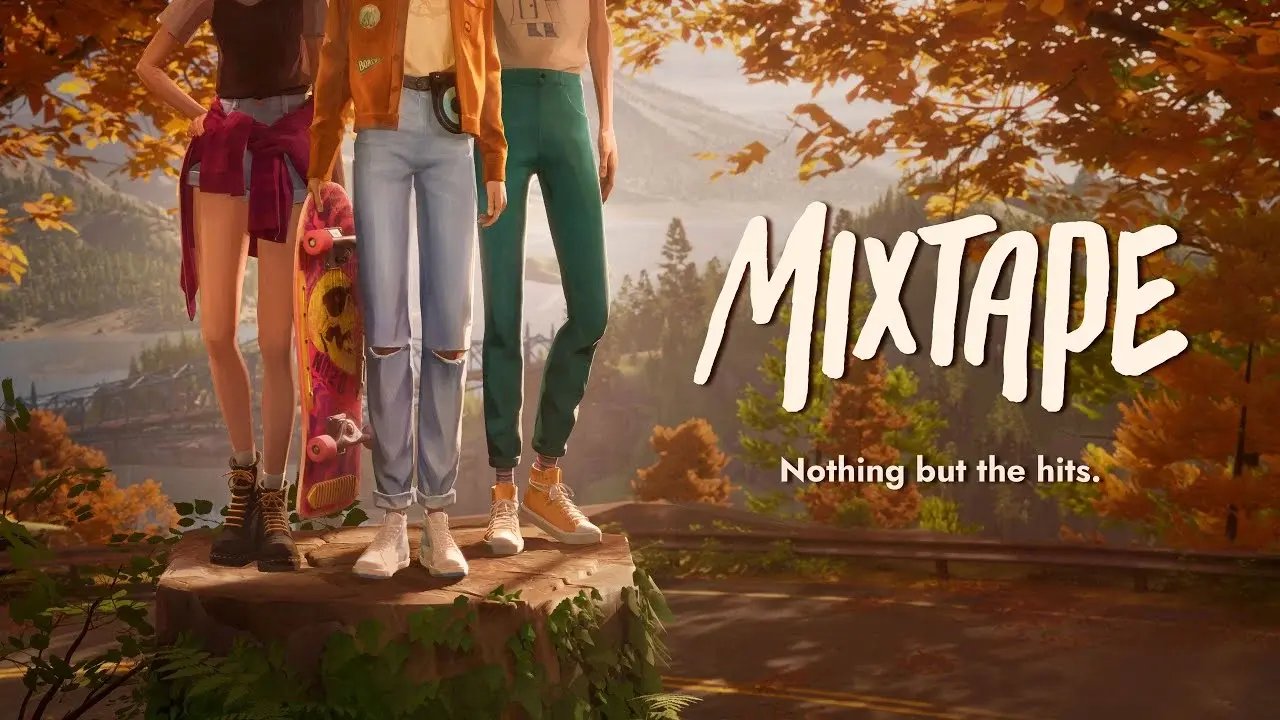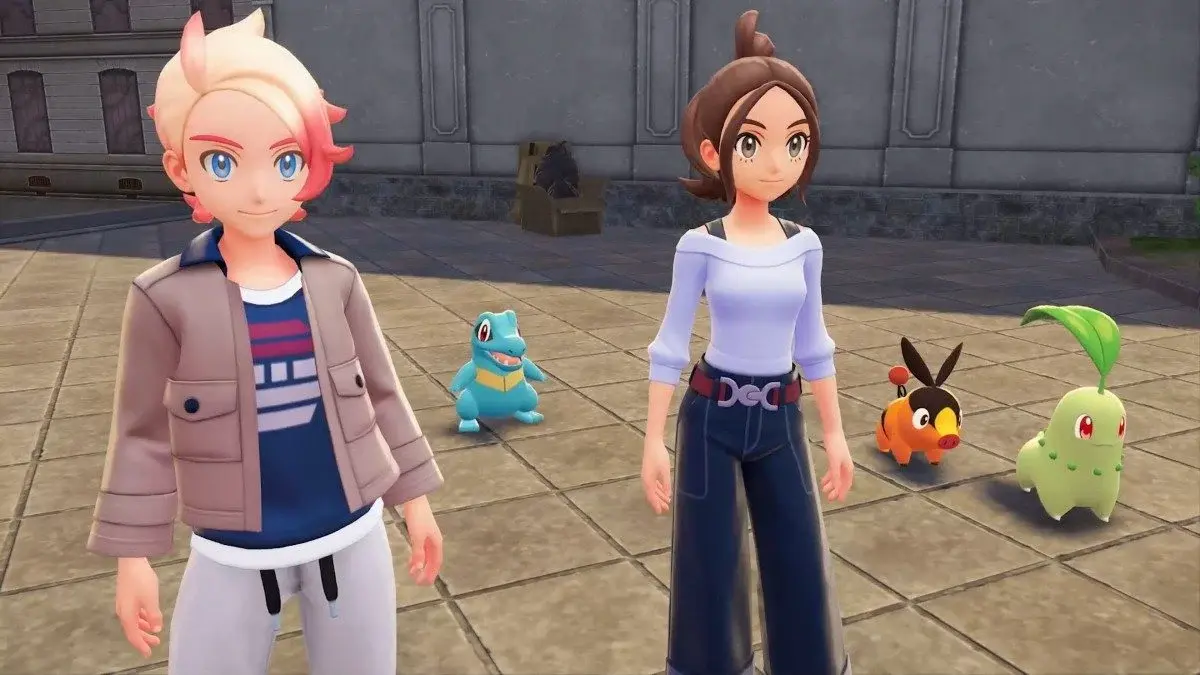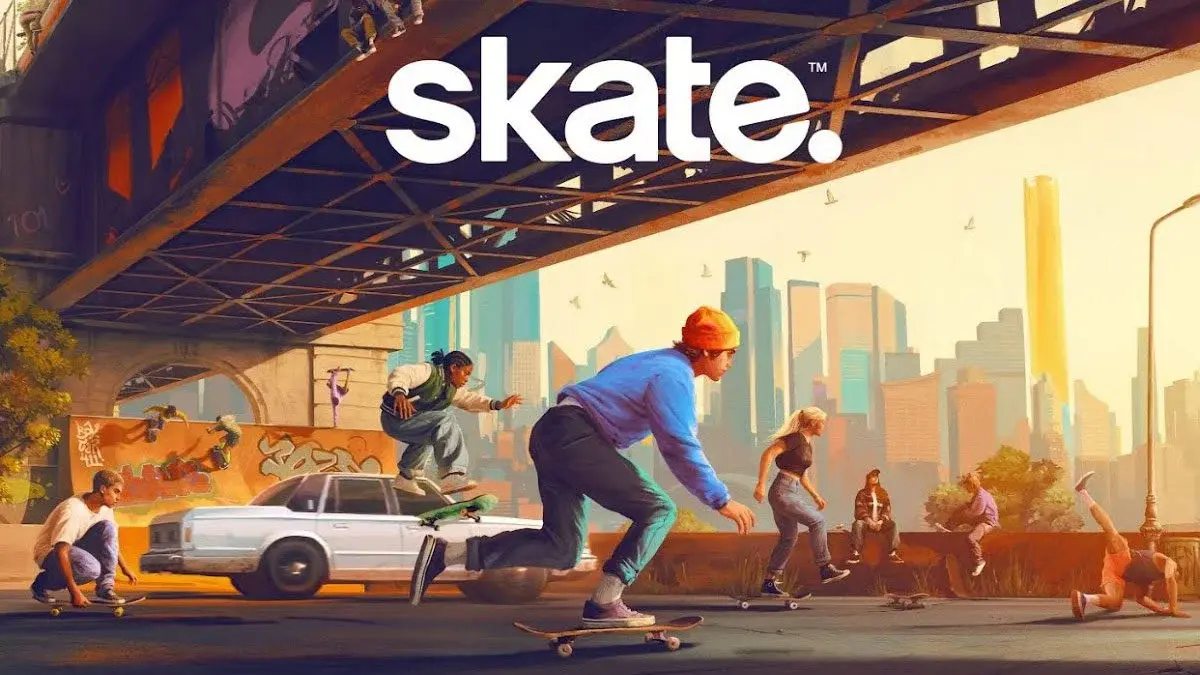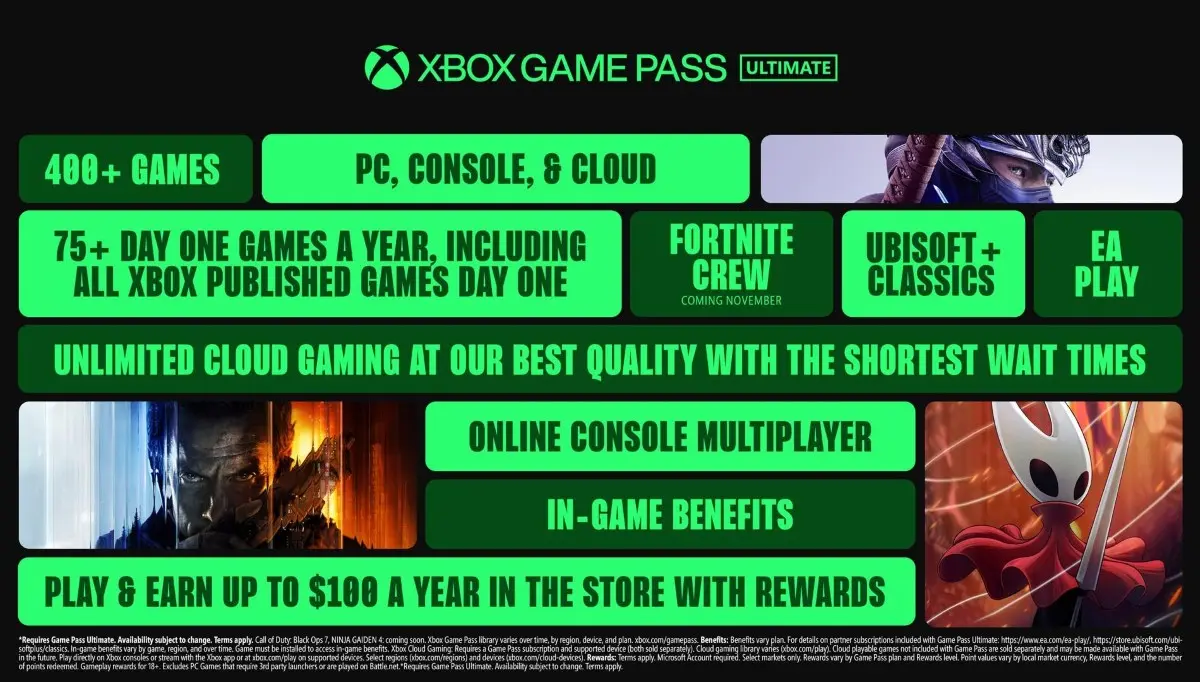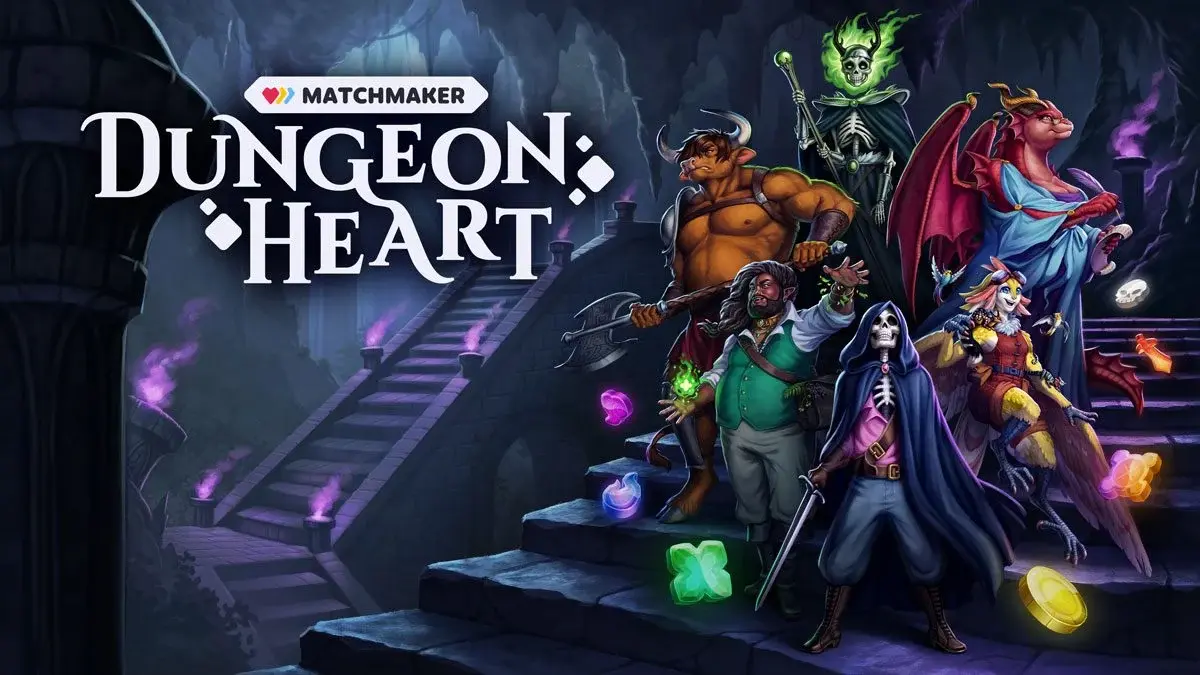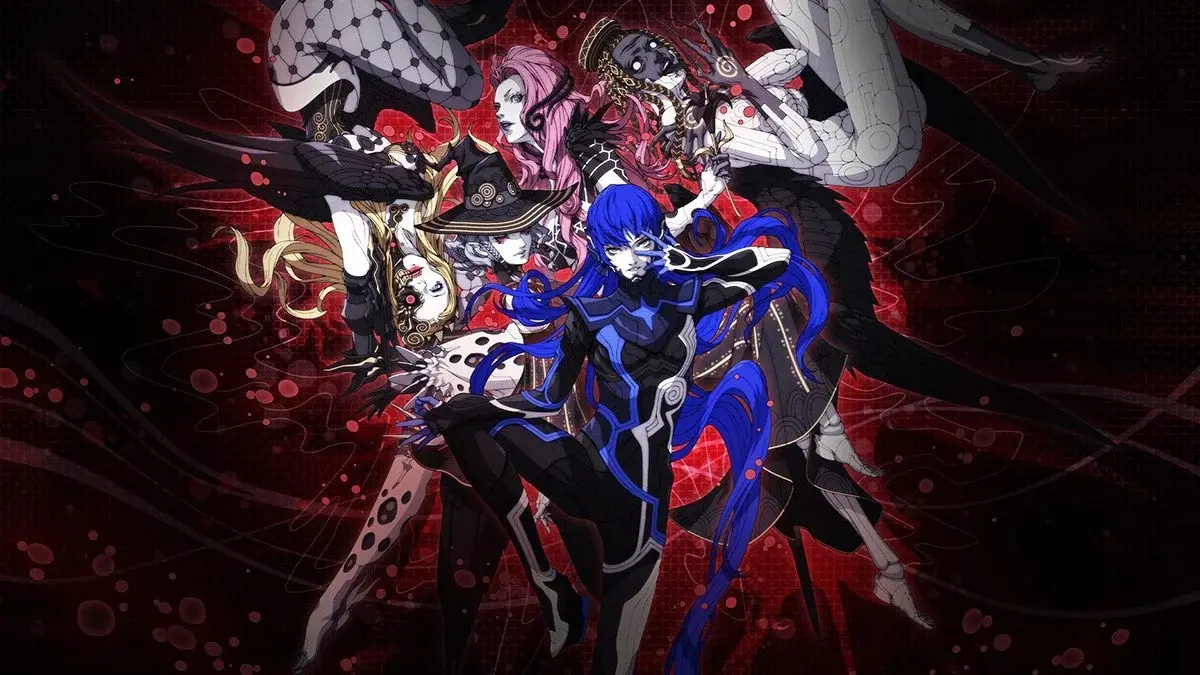More than just a subtitle.
Originally released exclusively for the Switch in 2021, Shin Megami Tensei V may have been the first entry in the series many players may have even heard of. While its spin-off series Persona is much more widely known – and the two share a lot of creature and combat design – the SMT series takes things in a very different direction.
Each game typically opens with some form of cataclysm overtaking Japan, and features a branching narrative depending on choices and alliances the player makes. With no day-to-day life component like Persona, SMTV instead focuses purely on exploration, recruiting demons to your team, and learning the ins and outs of a combat system that can turn against you quickly if you’re not playing smart.
Three years later, Atlus has stuck to its formula and released an updated version of the original game titled Shin Megami Tensei V Vengeance. Much like Persona 5 Royal or the series’ own Shin Megami Tensei IV Apocalypse, Vengeance is an expanded version of the original title with extra features, quality of life improvements and an expanded story for players to experience.
Unlike Persona 5 Royal, which made you play through the original P5’s full story before reaching the new content, Vengeance takes a different approach. At the very beginning of the game, you are offered the choice of two different story paths: the Canon of Creation, which is the original branching story as told in vanilla SMTV, or the brand-new Canon of Vengeance.
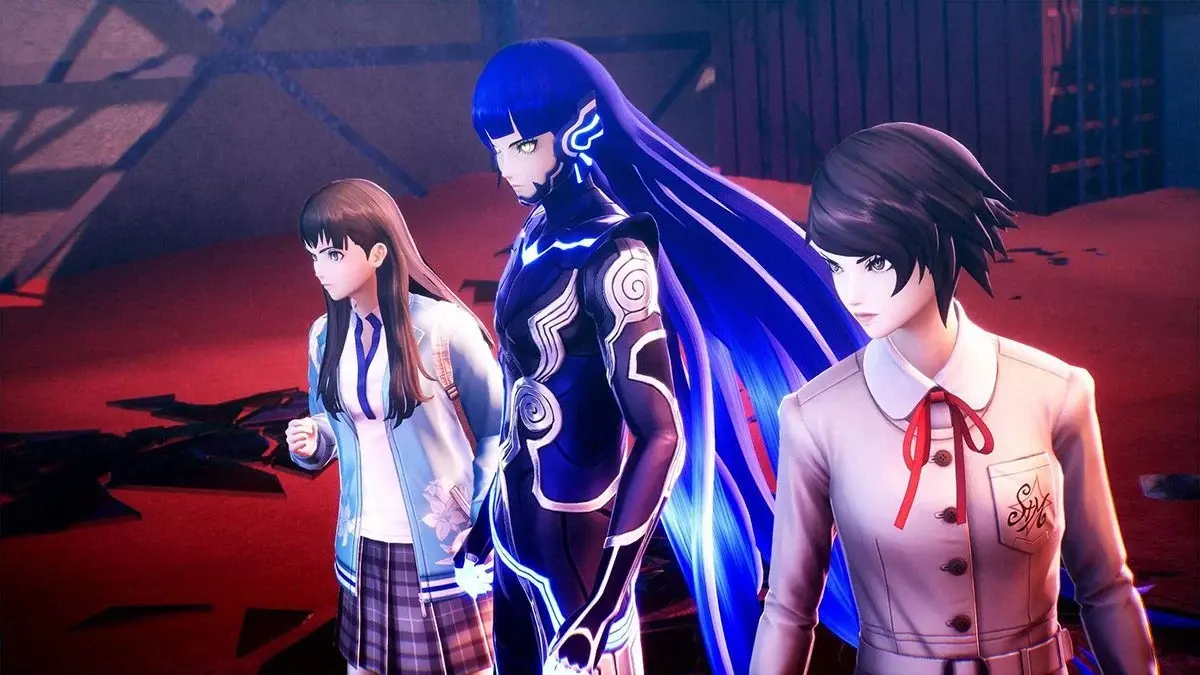
Other than the quality of life improvements, the Creation path remains largely unchanged from the original release – for anyone who deeply loves their RPG grinding and is willing to drop an extra 40-60 hours, playing through this story first is also a great way to understand the changes that happen in the Vengeance path. Of course, this is a big ask! Players can just as easily step into the Vengeance path first, as it isn’t RELIANT on you knowing what happened the first time around.
The Canon of Vengeance starts much the same as Creation, with the same early story beats. While taking a shortcut through the Takanawa Tunnel in his hometown of Tokyo, your protagonist finds himself mysteriously whisked away to a world known as Da’at. He soon finds himself imbued with divine power to survive this world and becomes the Nahobino, able to recruit and control demons in his efforts to explore Da’at and fins a way home.
Not all is as it seems however, and the Nahobino is quickly drawn into an ongoing battle between the angelic and demonic forces, fated to help decide the future of the world. Different from the Creation story, the Vengeance path adds a new character not present in the original game, Yoko Hiromine – another person mysteriously able to use magic to defend herself. Yoko is woven into all the initial story moments seamlessly, even adding bits of dialogue in many sidequests that make it hard to picture the story without her.
Also new to the Vengeance path are the Qadištu, a team of four female demons with their own plans for the future of the world. While they are present early in the game, their effect on the story really only takes hold towards the midpoint of the game – at which point things quickly swing off the established rails. Given it has been a few years since I played the original SMTV, I initially found myself asking whether there really was enough different to warrant a new release, and the game very quickly cleared that up for me.
As you get further into the narrative, it becomes clear that Vengeance isn’t holding the original game’s story as sacred; characters’ goals and fates change drastically over time, and just because someone lived or died in the Canon of Creation, doesn’t mean the same is true in Vengeance. It’s a different canon, after all.
The meat of this game is its combat system, and a lot has been added to fill this out. At its core, Shin Megami Tensei’s combat is simple – you have a set number of actions in your turn, represented by icons at the top of the combat screen. You can extend your turn by hitting enemy weaknesses, which will light up one of the turn icons to be ‘re-used’. Hit weaknesses every turn, and your original four actions can become eight – but get caught using an element an enemy can block or evade, and you’ll lose two actions instead. Every fight becomes a journey of testing the waters to see what works and what doesn’t, so you can optimise your attacks in round two.
You also have the ability to speak to any of the demons you fight against, and attempt to convince them to join you; typically this involves answering questions and giving gifts of money, items, or even your health to convince them. Vengeance adds new wrinkles to this system, such as a quiz demons may give you to identify a demon’s silhouette in a very “Who’s that Pokémon?” kind of minigame.
Demons you recruit also now have unique abilities and passive skills, giving you more options in combat. A favourite change for me revolves around the auto-battle option, which in the vanilla game would simply make your party physically attack on repeat. Vengeance now adds an Auto-Skill Battle option, which will instead have your party automatically target enemies with the element they are weak to if known – which is an absolute lifesaver when running around the map to grind levels.
And grind you will! Even across its multiple difficulty levels, Vengeance is not afraid to absolutely wreck you in a fight. Just like your party, enemies can increase their turn count when targeting weaknesses, meaning a misstep (or bad luck) can quickly lead to game over. Get used to seeing that screen, and make sure to save often – another thing made easier here with the ability to now save anywhere on the map, rather than having to trek back to one of the ‘leyline fount’ save points. This is a godsend for a game where even a random encounter can wipe you out unexpectedly.
The game’s exploration has also had a glow-up, with new features to improve and expand the experience. In addition to the new areas added in the Vengeance path, new features like Magatsuhi Rails now appear across each region, acting as shortcuts the Nahobino can grind along from one point to another – which also make his strange ice-skate shoes suddenly make a lot more sense. These rails are often unlocked after travelling the long way from A to B on the map, and make traversal to tricky spots a breeze.
When travelling with a navigator companion, some of the hidden item spots they lead you to will now instead unlock a secret rail, often allowing you to reach secret areas. An overhead view also allows you to zoom out and see the map area immediately around you, along with improved area maps that better show the height/elevation of different paths (a frustration of mine in the original SMTV). Enemy encounters in the overworld can now also chain together if multiple demons notice you, leading to multiple fights in a row with boosted rewards at the end of the fight. This alongside the auto-battle options make grinding for levels a much more enjoyable (and speedy) experience.
Overall, Shin Megami Tensei V Vengeance is all about building a more streamlined and player-friendly experience. While the game’s difficulty hasn’t gone anywhere, it feels like Vengeance is doing its best to make you enjoy that experience and remove as many roadblocks as possible. The new Canon of Vengeance story is big, exciting and entirely unapologetic about taking a different path to the original story – giving returning SMTV players just as much to enjoy as new players. Playing on PS5 rather than the original Switch also let me enjoy the game’s world in much greater fidelity, and Vengeance takes full advantage of that to show just how gorgeous its huge maps are. While its combat is not for the faint of heart, the game’s rich, branching story offers plenty to enjoy over multiple playthroughs.
Shin Megami Tensei V Vengeance was reviewed using a promotional code on PS5, as provided by the publisher. Click here to learn more about Stevivor’s scoring scale.
This article may contain affiliate links, meaning we could earn a small commission if you click-through and make a purchase. Stevivor is an independent outlet and our journalism is in no way influenced by any advertiser or commercial initiative.





